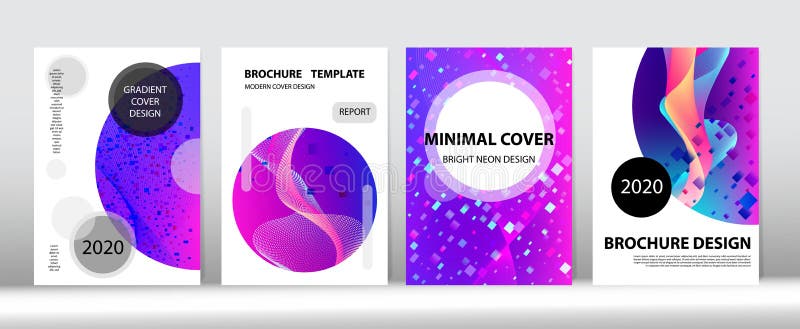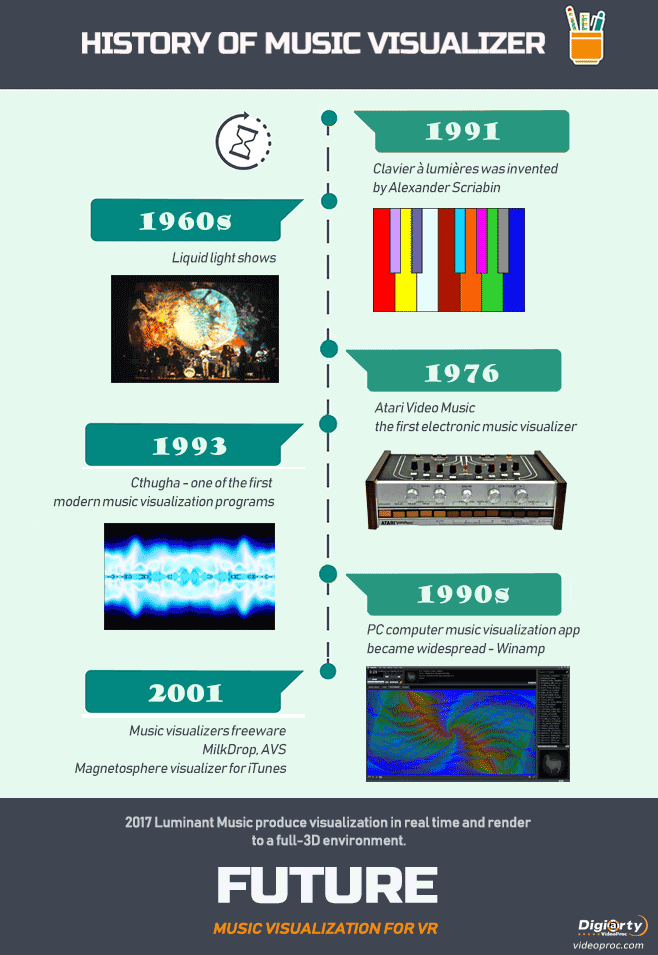
render_label adds a text label to the x and y coordinate of the map at a specified altitude z (in units of the matrix). This either plots the image to the local device, or saves it to a file if given a filename. The user can specify the focal distance, focal length, and f-stop of the camera, as well as aperture shape and bokeh intensity. render_depth generates a depth of field effect for the 3D map. Use this for high-quality maps with realistic light transport. render_highquality renders in the scene with a built-in pathtracer, powered by the rayrender package. This can either add to a map that does not already have a water layer, or replace an existing water layer on the map.Īlso included are two functions to add additional effects and information to your 3D visualizations: render_water adds a 3D tranparent water layer to 3D maps, after the rgl device has already been created. The user can input their own color, or pass the name of one of the pre-defined palettes from sphere_shade to get a matching hue. add_water uses the output of detect_water to add a water color to the map. detect_water uses a flood-fill algorithm to detect bodies of water of a user-specified minimum area. Rayshader also has three functions to detect and add water to maps: #3d overlay monstercat visualizer full#
Otherwise, the user can specify a single color that will be marked as completely transparent, or set the full overlay as partly transparent. If the map includes transparency, this is taken into account when overlaying the image.
add_overlay takes a 3 or 4-layer RGB/RGBA array and overlays it on the current map.  add_shadow takes two of the shadow maps above and combines them, scaling the second one (or, if the second is an RGB array, the matrix) as specified by the user. lamb_shade uses a single user specified light direction to calculate a local shadow map based on the dot product between the surface normal and the light direction for an elevation matrix. This results in valleys being darker than flat areas and ridges. ambient_shade creates an ambient occlusion shadow layer, darkening areas that have less scattered light from the atmosphere. The user can also optionally specify the colors at the corners, but create_texture will interpolate those if they aren’t given. create_texture programmatically creates texture maps given five colors: a highlight, a shadow, a left fill light, a right fill light, and a center color for flat areas. sphere_shade also includes 7 built-in palettes: “imhof1”, “imhof2”, “imhof3”, imhof4“,”desert“,”bw“,”unicorn". A texture can be generated with the create_texture function, or loaded from an image. sphere_shade maps an RGB texture to a hillshade by spherical mapping. By default, this also scales the light intensity at each point by the dot product of the mean ray direction and the surface normal (also implemented in function lamb_shade, this can be turned off by setting lambert=FALSE.
add_shadow takes two of the shadow maps above and combines them, scaling the second one (or, if the second is an RGB array, the matrix) as specified by the user. lamb_shade uses a single user specified light direction to calculate a local shadow map based on the dot product between the surface normal and the light direction for an elevation matrix. This results in valleys being darker than flat areas and ridges. ambient_shade creates an ambient occlusion shadow layer, darkening areas that have less scattered light from the atmosphere. The user can also optionally specify the colors at the corners, but create_texture will interpolate those if they aren’t given. create_texture programmatically creates texture maps given five colors: a highlight, a shadow, a left fill light, a right fill light, and a center color for flat areas. sphere_shade also includes 7 built-in palettes: “imhof1”, “imhof2”, “imhof3”, imhof4“,”desert“,”bw“,”unicorn". A texture can be generated with the create_texture function, or loaded from an image. sphere_shade maps an RGB texture to a hillshade by spherical mapping. By default, this also scales the light intensity at each point by the dot product of the mean ray direction and the surface normal (also implemented in function lamb_shade, this can be turned off by setting lambert=FALSE.  ray_shade uses user specified light directions to calculate a global shadow map for an elevation matrix.
ray_shade uses user specified light directions to calculate a global shadow map for an elevation matrix. 
Rayshader has seven functions related to mapping:







 0 kommentar(er)
0 kommentar(er)
